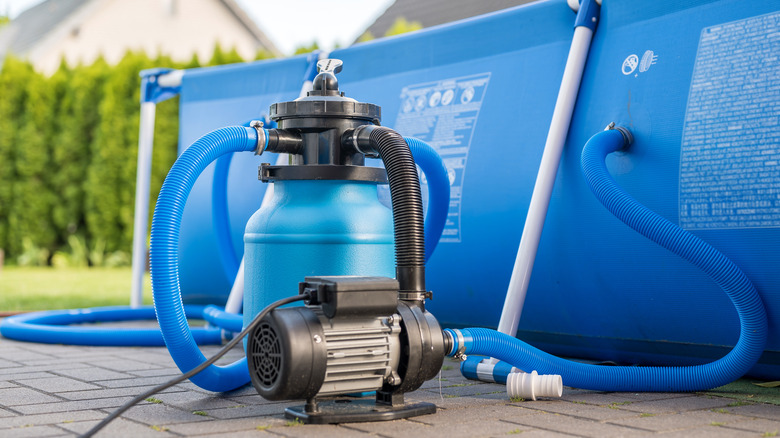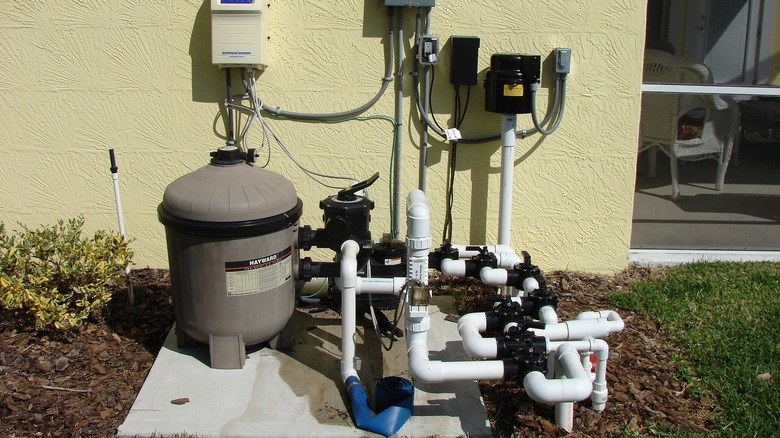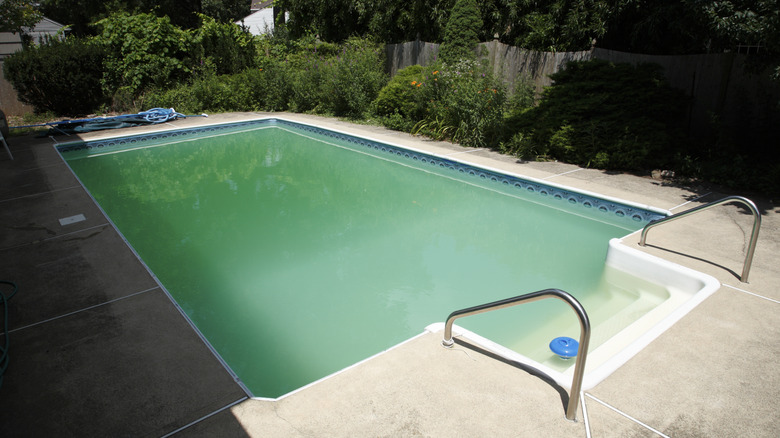What It Means To Backwash A Pool Filter And How To Do It Successfully
One essential aspect of maintaining a pool is ensuring the filtration system is functioning correctly. The filter plays a crucial role in removing contaminants and debris from the pool water, which helps to prevent the growth of algae and other harmful organisms. Debris clogging a filter can reduce efficiency and potentially lead to equipment failure. This is where backwashing comes in – backwashing a pool filter helps remove trapped debris and contaminants from the filter, ensuring optimal efficiency. It involves reversing the flow of water through the filter, flushing out the accumulated dirt and debris and restoring the filter's functionality.
By regularly backwashing the filter, pool owners can maintain crystal-clear water and prevent potential problems like reduced water flow, increased pressure, and cloudy water. However, it's essential to know exactly when you should backwash and how to do it correctly to avoid damaging the filter system or wasting water. The proper steps, however, depend on the type of filtration system you are using.
Proper backwashing techniques
For a sand or DE pool filter, shut down the pool system and turn off the pump before you begin. Next, attach a backwash hose to the valve's waste port and turn the handle to the backwash position. Next, turn on the pump and wait for the water in the sight glass to run clear, then turn off the pump and set the valve to the rinse position. Next, turn on the pump and run it for about 30 seconds to clear any remaining debris. Finally, turn off the pump, set the valve back to the filter position, and restart the pool system.
It's important to note that you should not discharge the backwash wastewater from a DE filter directly into wastewater systems or storm drains. Instead, it should be directed onto a suitable area, such as dirt or a designated drainage area. In addition, you will need to replace any DE powder removed during the backwash process.
Cartridge filter systems cannot be backwashed. Instead, shut down the system, turn off the pump and remove the filter cartridge from the housing. Rinse loose debris from the cartridge with a hose and check for any damage. Reinstall the cartridge into the housing before restarting the pool system.
Signs that backwashing is necessary
The frequency of backwashing depends on several factors, including the pool size, amount of use, surrounding environment, and filter type. First, if you notice a significant rise in the pressure gauge reading on the filter system, it suggests that the filter media is becoming clogged with debris. This increased pressure can impede water flow and filtration efficiency, indicating the need for backwashing. As a general guideline, backwashing is recommended when the pressure gauge reading increases by 8-10 psi above the clean, starting pressure.
Another sign is reduced water flow from the return jets or weak suction in the skimmer, which indicates that the filter is not operating optimally. If the pool water appears cloudy, hazy, or discolored, it could also be a sign that the filter is struggling to remove impurities effectively. Moreover, it's also worth noting that backwashing should not be done too frequently as it can disrupt the filter's natural balance and reduce its overall effectiveness.


